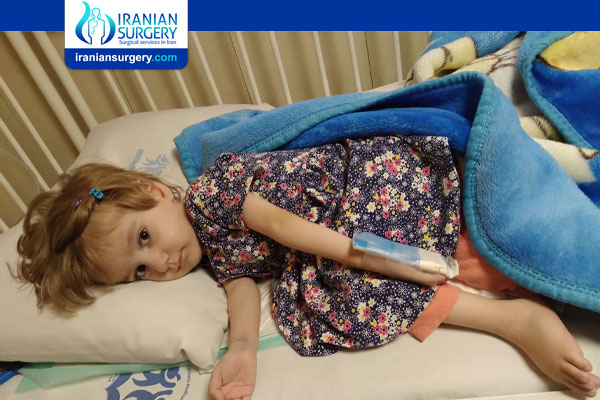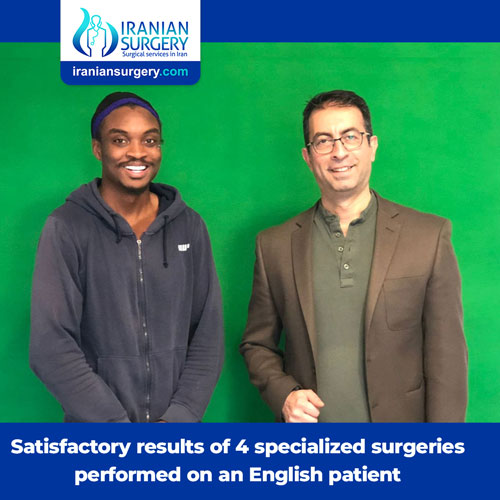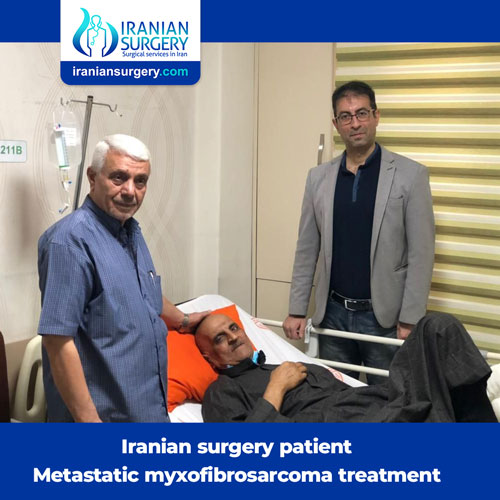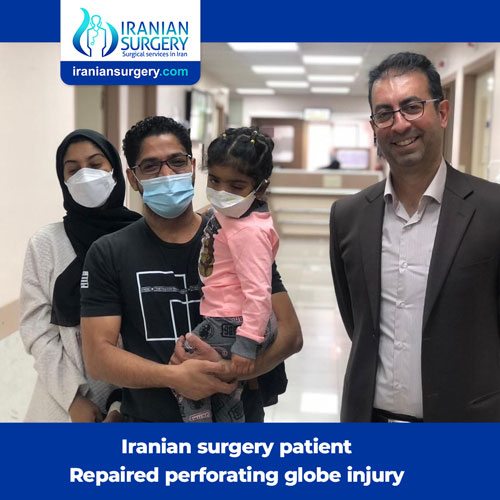
Pediatric Cardiac Surgery
Performing one of the heaviest and largest pediatric heart surgeries in Iran and miraculously rescuing an Iraqi child from certain death by Iranian heart surgeons. The child came to Iran from Iraqi Kurdistan.
Performing this surgery in Iran can show the high expertise of Iranian heart surgeons and is a world record because the mortality rate in such patients is very high and the survival rate of this type of children is very low. But with the efforts and knowledge of Iranian heart surgeons under the supervision of Dr. Mirza Aghayan and the continuous follow-up of the Iranian Surgery treatment team, this heart operation was performed successfully in Iran and this child was able to return to the warm embrace of his family.
Pre-Op diagnosis:
PS+DORV-TGA+SITUS INVERSUS+DEXTROCARDIA+HETROTAXIA
Chief Complaint:
The patient is a three-year-old child who presented with a complaint of cyanosis of the limbs and weakness
Work Ups:
The patient was admitted to the Pediatric Cardiac Surgery Center and all the necessary procedures, including echocardiography-angiography- and necessary tests were performed and the following diagnoses were determined for the patient:
PS+DORV-TGA+SITUS INVERSUS+DEXTROCARDIA+HETROTAXIA+RESTRICTIVE VSD
The patient underwent heart surgery after the necessary preparations.
Description of surgery:
Midsternotomy was performed under general anesthesia and after patient preparation.The left lobe of the thymus was resected. Open pericardium and anatomy were examined. RPA and LPA Released and controlled. PDA Ligated and were cut. Aortic croos clamp and custodial injection and heart arrest were obtained and RA opened. Right ventriculotomy was performed and VSD was closed with Gortex 0.4 And the aorta was directed to the LV. Reconstruction OF LPA was performed with autologous pericardium. With a piece of bovine pericardial patch MPA and RVOT were reconstruction. The ASD was closed incompletely. RA was closed and The aortotomy was also closed.
Recommendation After Discharge:
The patient should be monitored continuously for the next one month, use medication regularly, and be examined weekly.






